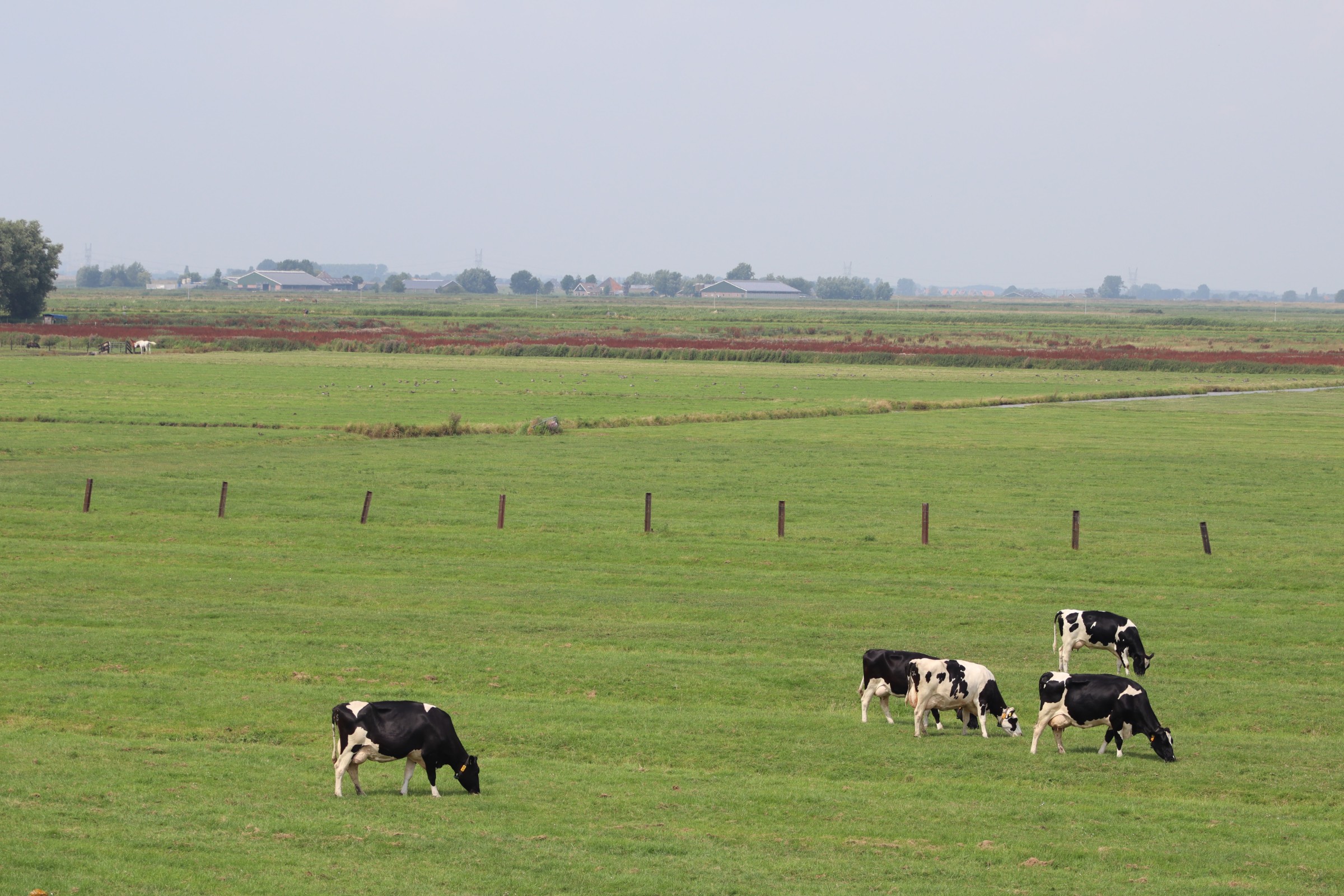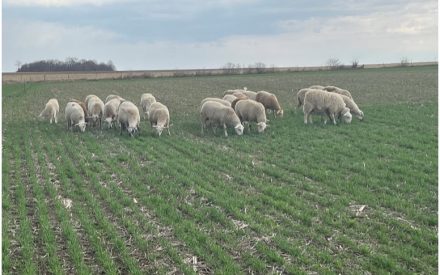
Each year, in May when the dandelions start showing their faces, the most common topic of discussion in the grazing and livestock world is “When can I start grazing?” While those lush, green pastures look awfully inviting after months of feeding hay, farmers must pause and make a wise, informed decision regarding when to start grazing because starting too soon can result in a dramatic shortening of a month or more at the end of the grazing season. This is a case where patience is definitely a virtue, as deciding the exact day to celebrate “spring turnout” often requires waiting just a bit longer than desired. How then, can we confidently answer the question: When can I start grazing?
Deciding when to start grazing depends mostly on two things:
1) Condition of the pasture
2) Amount of forage available
Determine pasture condition
Determining the condition of the pasture is quite simple. Are the soil moisture conditions conducive to hoof traffic, or is the pasture still so wet that it’s susceptible to compaction and pugging? In new seedings, you may also need to determine that the forage is established enough that it won’t be uprooted when grazed by livestock. This can simply be determined by doing a “hand pull test,” simulating grazing. Do the leaves tear off the plant or are you pulling up the whole plant including the roots? When the soil moisture and forage conditions are conducive to grazing, the spring turnout decision rests solely on how much forage is available – the pasture inventory.
Use a grazing stick
A grazing stick can be used to estimate pasture inventory. See this guide that walks you through the process. The result will be an estimate of total forage presently available, which will then be translated to the number of days of forage available for the size and number of animals on the farm. In spring and early summer, when cool season pastures are growing rapidly, adding about 100 lb of dry matter/acre/day, the goal is to have at least 10 to 20 days of forage available when you start. When this “spring flush” is over, growth slows, and it is recommended to always maintain 30-40 days of available forage through the rest of the grazing season.
As eager as we and our livestock are to get out on pasture, it will benefit all of us to be patient. Pasture health and productivity will benefit, and a slightly more mature pasture will also help maintain body condition and ease the rumen transition from stored feeds to fresh pasture. So, when can you start grazing in the spring? You can start grazing when soil conditions are right and there are 10-20 days of forage available.


 Research Brief: Economics of crop and livestock integration
Research Brief: Economics of crop and livestock integration Managing Rust in Cool Season Pastures
Managing Rust in Cool Season Pastures Grazing Cover Crops and Annual Forages
Grazing Cover Crops and Annual Forages Grazing to Protect Surface Water: Considering critical and sensitive areas
Grazing to Protect Surface Water: Considering critical and sensitive areas


